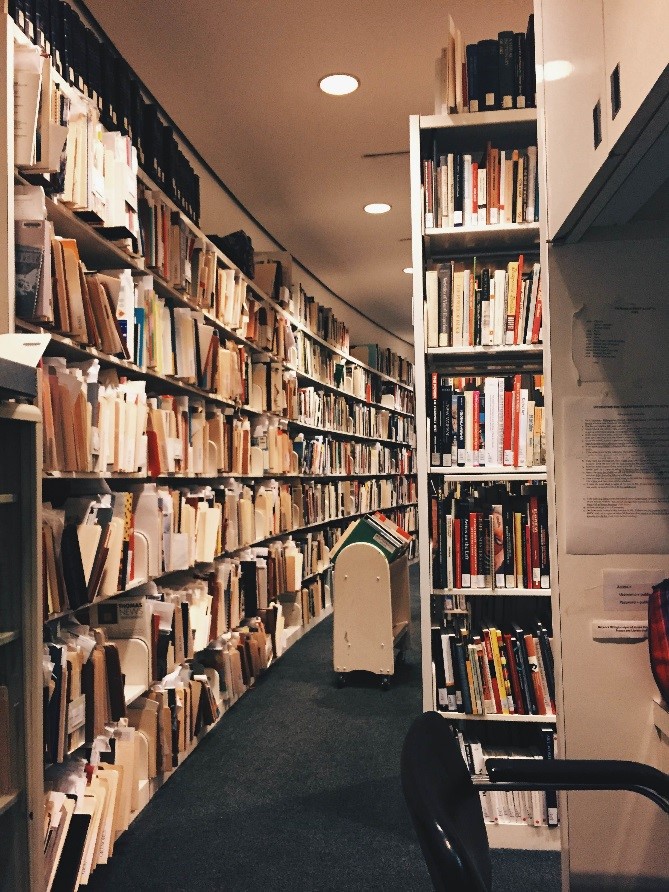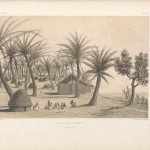Charles Gibson (1867-1944) is one of the best known illustrators of the Gilded Age primarily due to his creation, the Gibson Girl, who became an icon of American beauty. As an illustrator he was talented in depicting relationships between men and women and submitted illustrations to such magazines as Harper’s Weekly, Life, and Harper’s Monthly. In 1890 he introduced a modernized beautiful female character with upswept hair, fashionable clothes, and imbued with independence and glamor – the Gibson Girl. Gibson’s book, Americans, is currently available for adoption in our Adopt a Book program.




